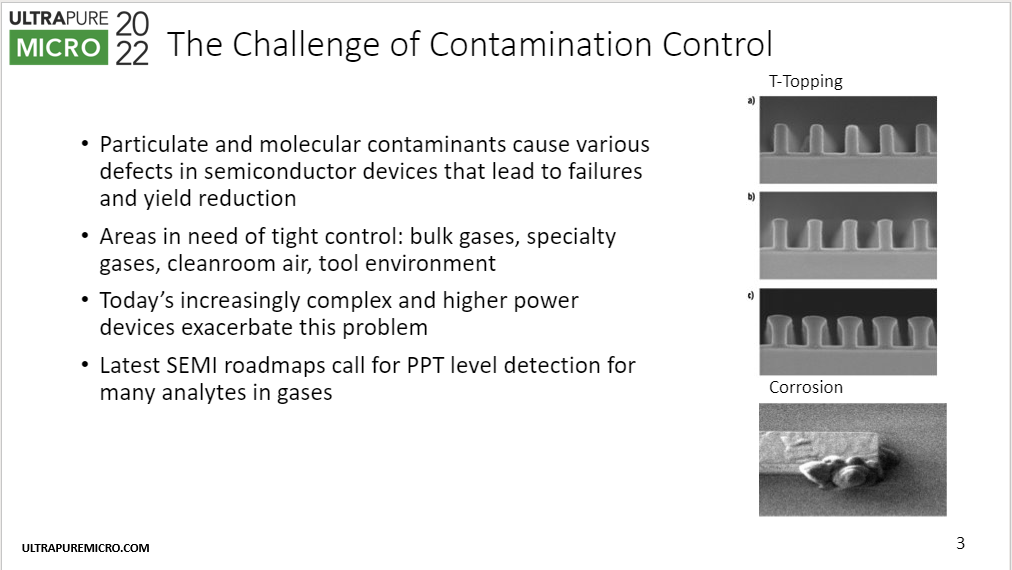What Are New Trends In Semiconductor High-Purity And Wastewater Treatment?
Date Published 2015 | UPW journal archive
Log in or Join UltraFacility to access this content
To access our resources you will need to be a member of UltraFacility, log in to your account or purchase a membership to view this content.
Already have an account? Log in
Constant developments in the microelectronics industry, with finer line widths and the requirement of essentially particle-free water, also brings with it many challenges involving the conservation and reuse of water, treatment of growing streams of wastewater produced from high-purity water from processes such as CMP, photolithography and etchant rinsing. This article provides an overview of featured keynote speakers, technical presentations on UPW and process water/wastewater as well as Roundtable Networking session at the UPW Micro 2015 conference.
Organizations: Ultrapure Water
Tags: Metrology and Analytical TechnologyParticlesMarket TrendsConservationOzoneSilica
Related content
Conference material | 2018
Semiconductors: Driving Innovation and Changing the World
Conference material | 2018
Development of an Online Urea Monitor for Ultrapure Water Production in Semiconductor Fabrication Plants

Conference material | 2022
Multi-Species PPT-Level Impurity Detection in Electronic Bulk Gases Using Atmospheric Pressure Ionization Mass Spectrometry
Conference material | 2015
THM – A Novel Sustainable Approach as a Global Solution for UPW Applications
Back to results